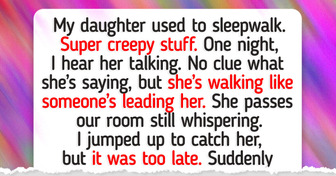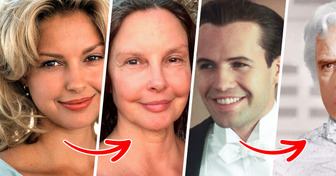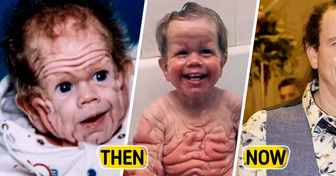11 Crazy Trends That Prove the 2000s Were Truly Wild

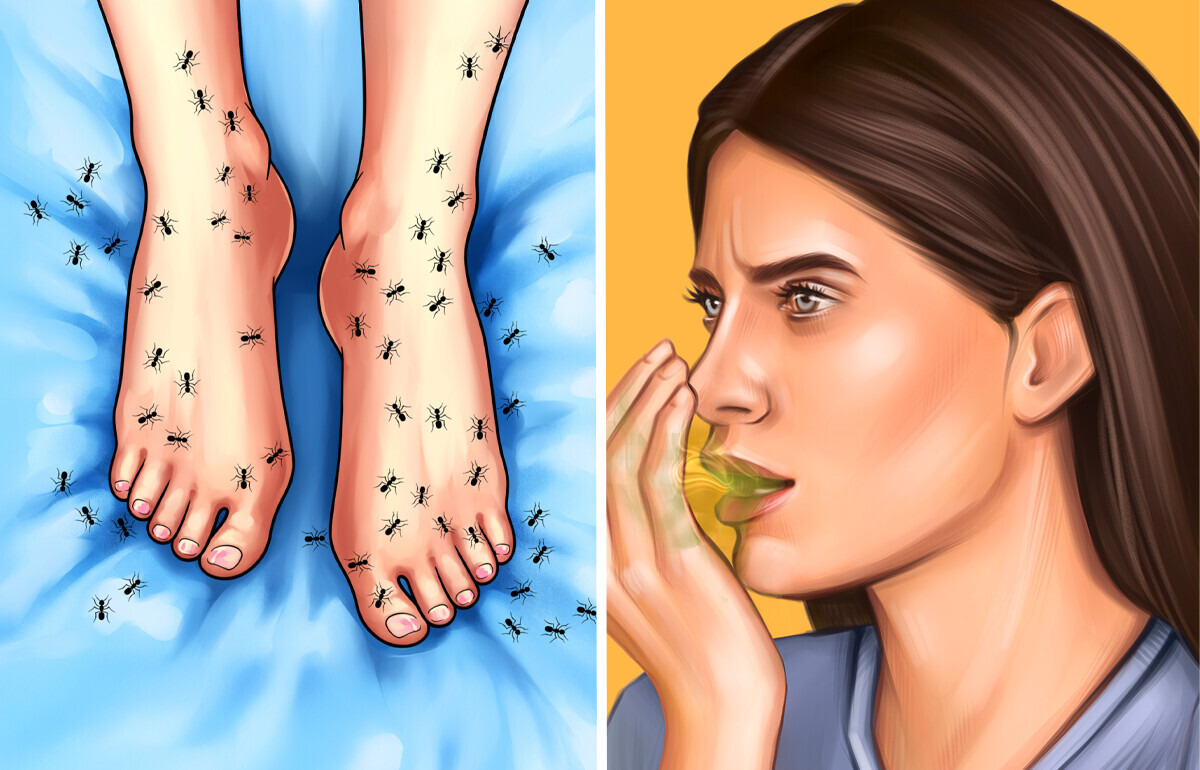
Our body reacts to any changes and gives us signals. Unfortunately, we often do not understand it. For example, prediabetes can be easily recognised by severe thirst, swelling or darkening of the skin, and other unusual symptoms, which we have described in this article.
CONTENT IS PROVIDED FOR INFORMATIONAL PURPOSES ONLY AND IS NOT INTENDED AS A SUBSTITUTE OF MEDICAL ADVICE.
SEEK GUIDANCE OF YOUR DOCTOR REGARDING YOUR HEALTH AND MEDICAL CONDITIONS.
Prediabetes is a condition in which blood sugar levels are slightly elevated. However, it is not so high that a person can be diagnosed with type 2 diabetes. This condition is usually associated with insulin resistance, in which the body does not use insulin effectively, causing sugar to build up in the blood.
Unfortunately, most people don’t notice any symptoms and don’t realise that they may soon get diabetes.

One of the signs of diabetes and pre-diabetes can be weight loss. A person loses weight for no apparent reason, without changing diet or activity. The weight just goes away, even though the lifestyle has not changed in any way.
Everyone knows that people with diabetes are often overweight. However, 10% of people with diabetes are normal or even underweight.
Why is this happening? The fact is that glucose is the sugar that enters the bloodstream when we eat and drink. The pancreas produces insulin in response to higher levels of sugar in your blood. The body needs this hormone to send glucose to all its cells. If you have diabetes, glucose builds up in your bloodstream. You may lose weight because your body needs a source of energy and burns fat and muscle instead.

Blurry vision can be an early sign of prediabetes, not just an eye problem. High blood sugar causes fluid shifts that make the lens of your eye swell and change shape. This affects your focus, making things look fuzzy or out of focus.
With treatment, your blood sugar levels can stabilize, and your vision usually returns to normal. But if diabetes goes untreated, these changes can get worse and may lead to blindness.
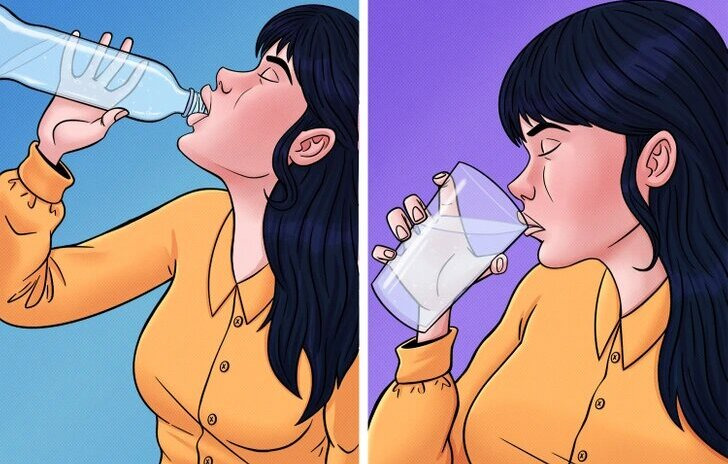
Feeling thirsty all the time and needing to pee often are common signs of prediabetes. This happens because your kidneys can’t handle the extra sugar in your blood. Instead, the sugar goes into your urine, pulling fluids from your body. As a result, you pee more and get dehydrated. To make up for the lost fluids, you drink more, which leads to even more trips to the bathroom.
Most people urinate about 6-7 times a day. Anywhere from four to ten times daily is normal, as long as it’s consistent and doesn’t increase suddenly.
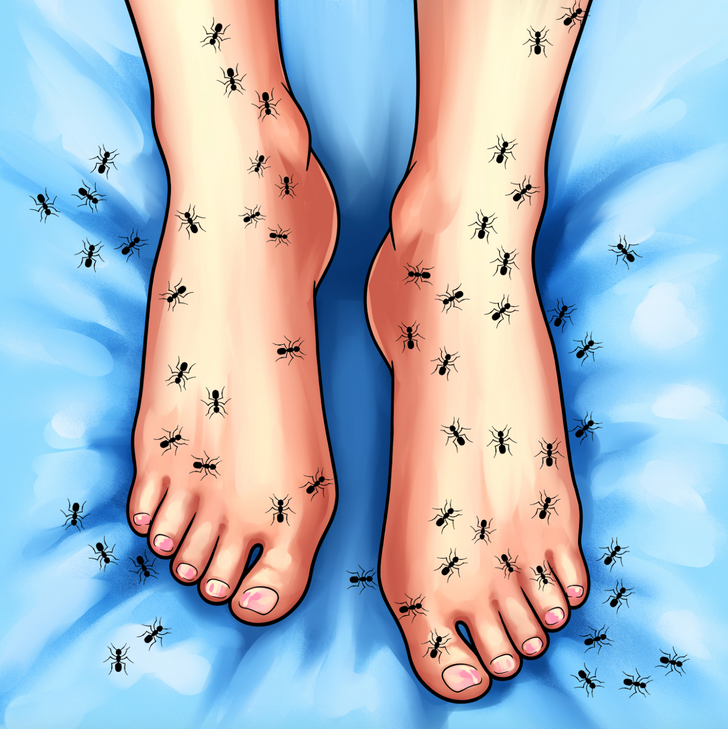
Numbness, tingling, or pain in your hands, feet, fingers, or toes is another common sign of prediabetes. High blood sugar affects blood flow, leading to nerve damage. Since hands and feet are farthest from the heart, they’re usually affected first.
Keeping your blood sugar under control can improve circulation and ease these symptoms.
Constant hunger, along with thirst and frequent urination, is one of the three main signs of prediabetes. When your body doesn’t make enough insulin or can’t use it properly, it can’t turn food into glucose for energy. This leaves your cells starving, causing hunger that doesn’t go away after eating. In fact, eating more can raise your blood sugar even higher.
If you feel hungry all the time, even after meals, consider seeing your doctor. This is important, even if you don’t have other diabetes symptoms.
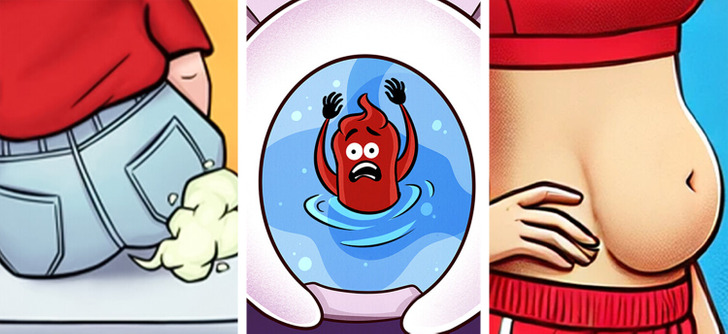
Digestive issues like constipation, bloating, and gas can be signs of prediabetes. High blood sugar can affect the nerves that control your digestive system, slowing down digestion and causing constipation. Poor digestion may also lead to bloating and excess gas.
Keeping your blood sugar levels stable can help improve digestion. If these symptoms persist, talk to your doctor, especially if combined with other signs of diabetes.
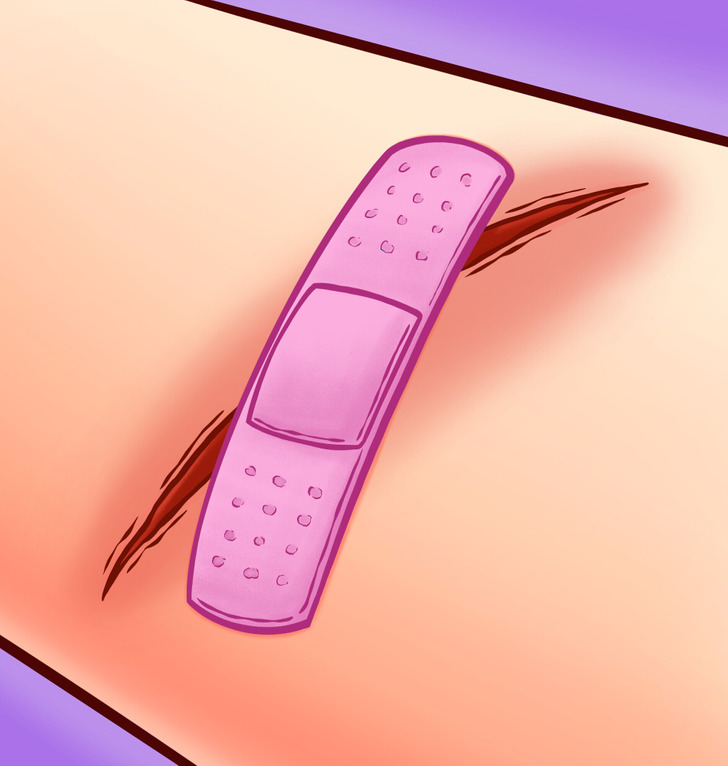
Slow-healing cuts and wounds can be a sign of prediabetes. High blood sugar causes inflammation and poor blood flow, making it harder for your body to repair damaged skin.
This is especially common in the feet, where sores can lead to serious complications. If your cuts and wounds take longer to heal than usual, talk to your doctor.
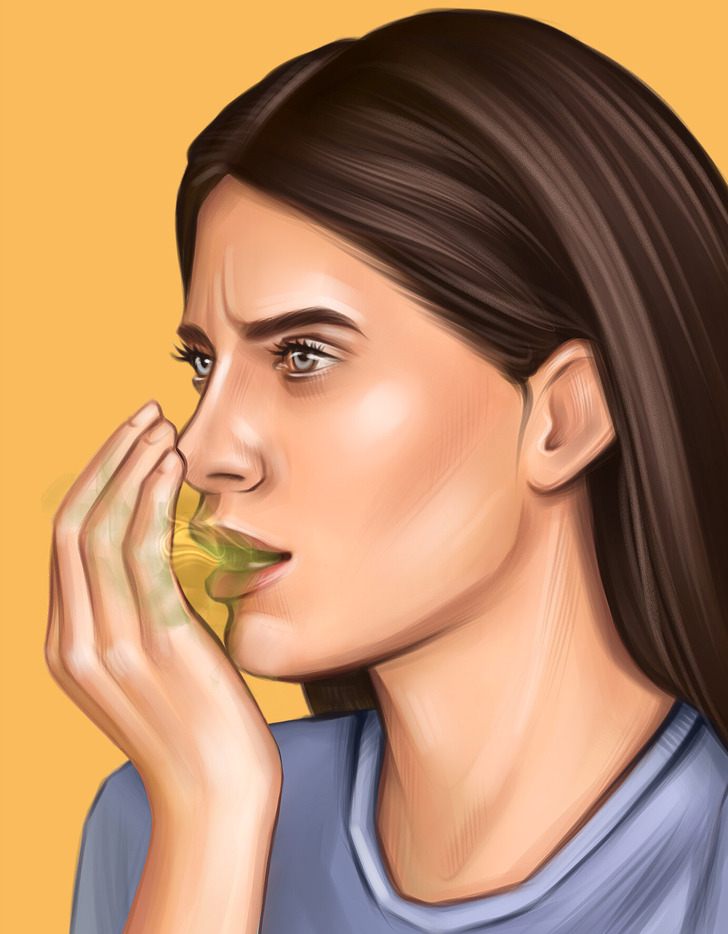
Prediabetes increases the risk of gum disease, also known as periodontal disease, which is why you get bad breath.
Dry mouth from high blood sugar reduces saliva and gives bacteria a breeding ground. The consequence? That dry-mouth feeling.
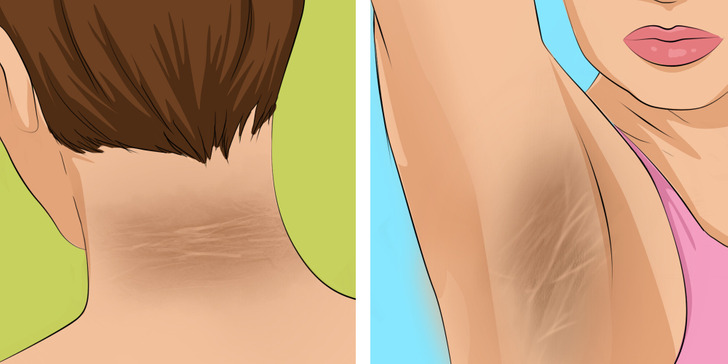
Darkening knuckles can be a symptom of many illnesses, but for this example we are discussing the possibility of prediabetes and diabetes. If your knuckles appear darker than usual, it could be a sign of insulin resistance, often linked to prediabetes or diabetes. Darkening of skin folds (acanthosis nigricans) may also appear in other areas like the neck and armpits.
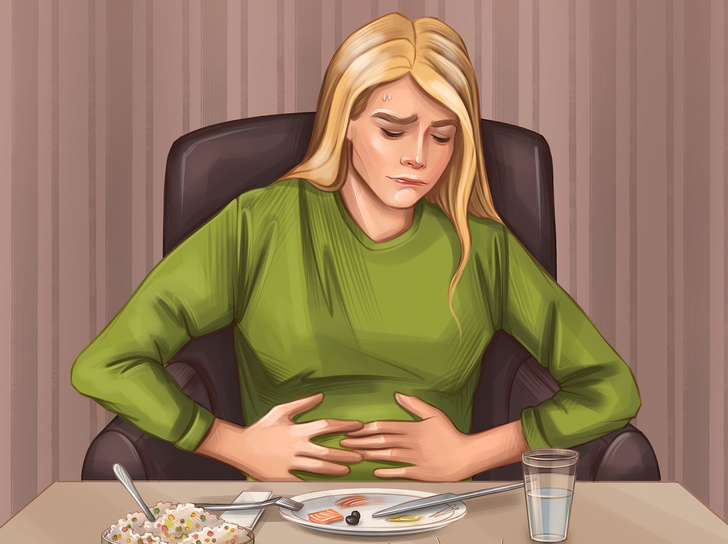
Yeast survives on sugar. So high blood sugar creates optimal conditionsfor ongoing yeast infections, especially in hot, damp areas like the mouth, genitals, and skin creases.

Having prediabetes doesn’t mean you’ll get diabetes. But it’s a wake-up call. The good news? Simple changes can help you turn things around.
By the way, our nails can also speak about various health problems.


